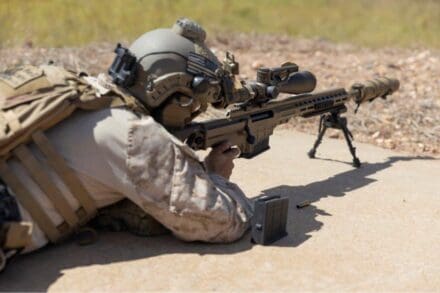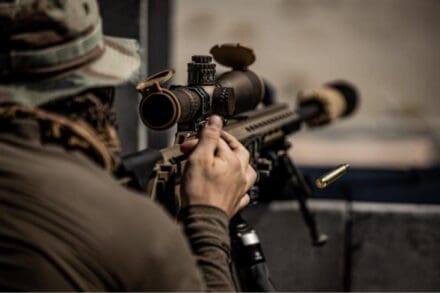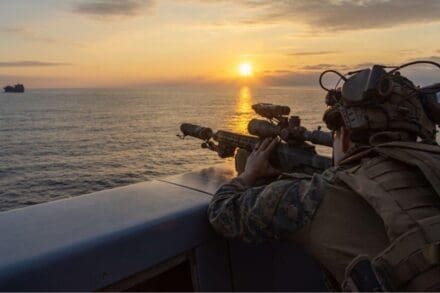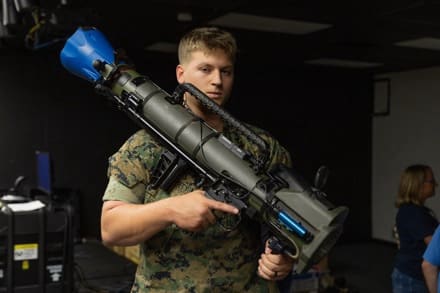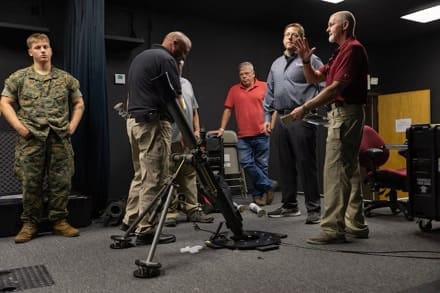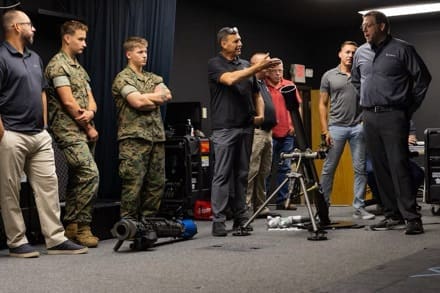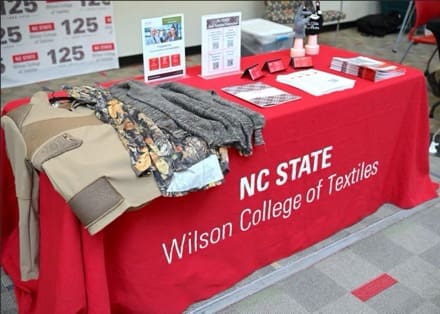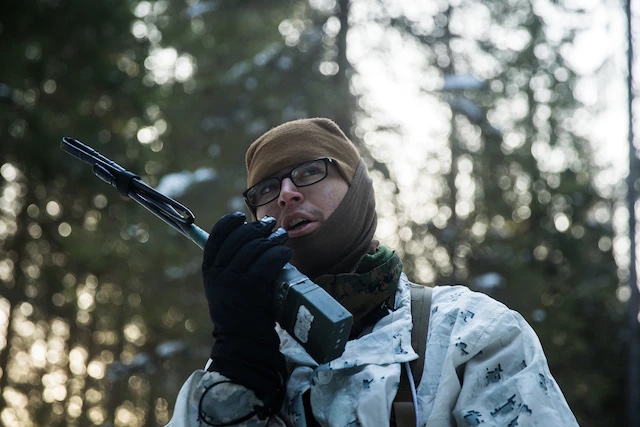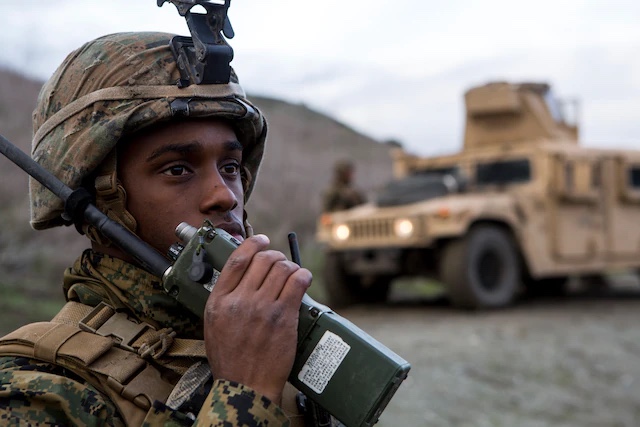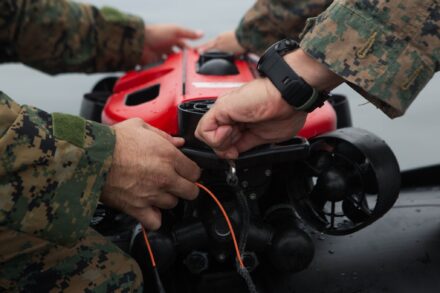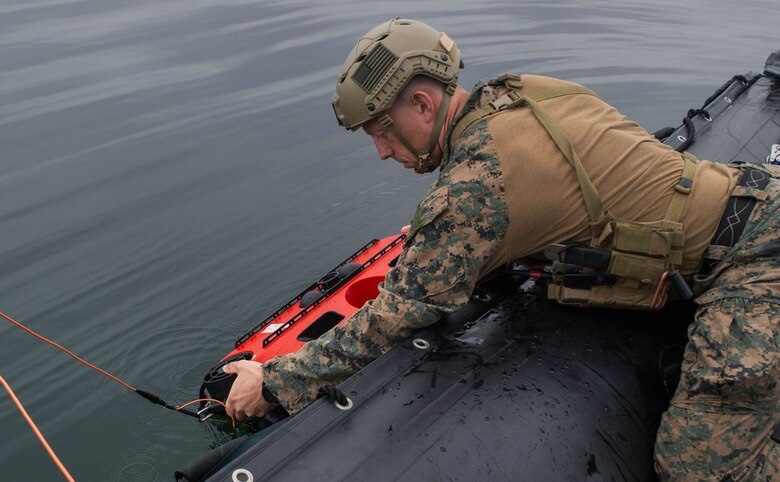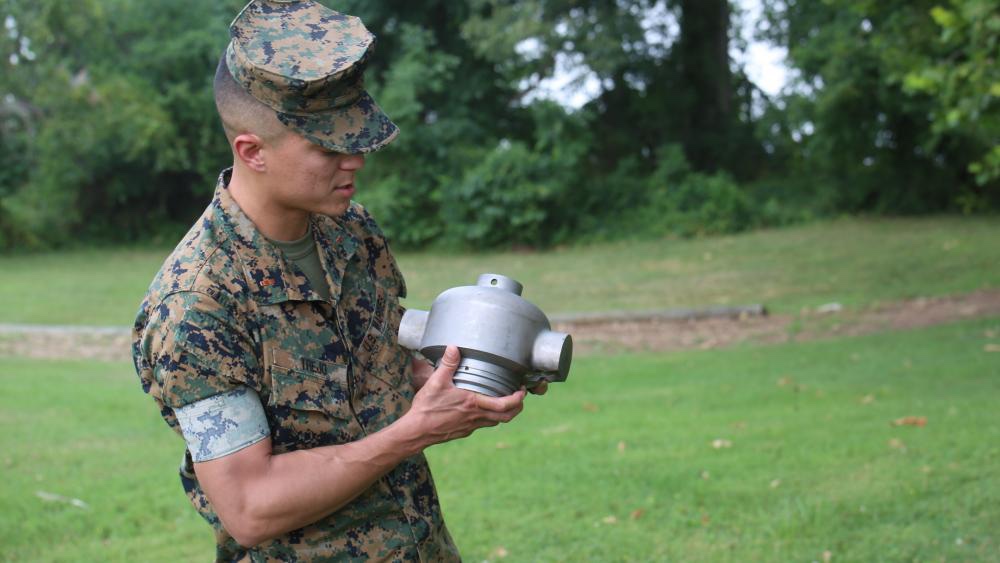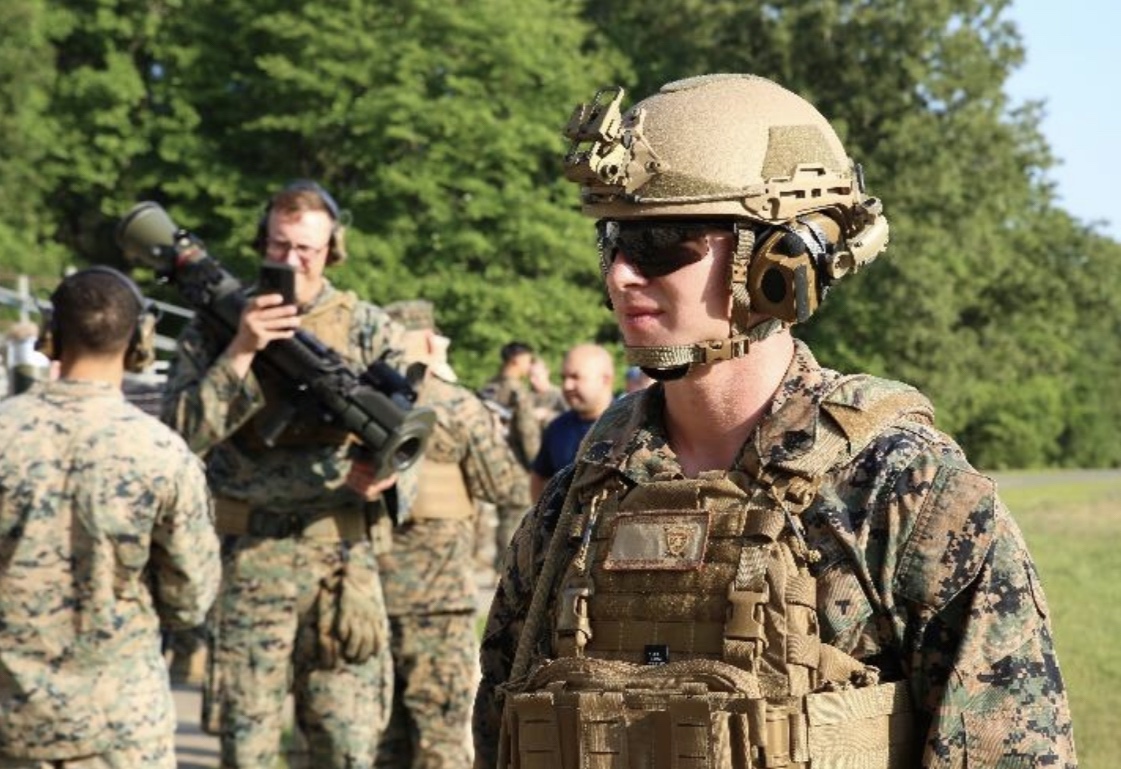ARLINGTON, Va. — As the character of warfare shifts and threats evolve, so does the demand for new approaches to equipping the dismounted warfighter.
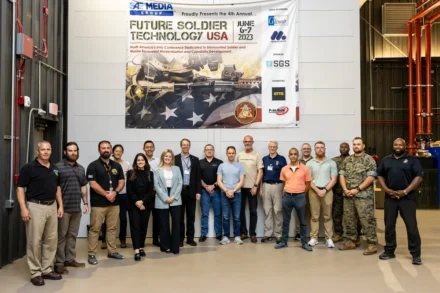
At this year’s Future Soldier Technology USA conference, hosted by SAE Media Group, defense leaders from across the globe gathered to discuss what it takes to make the dismounted Soldier and Marine faster, more lethal, more resilient, and better protected—all while preparing for a future fight that may look very different from the last.
For Marine Corps Systems Command (MARCORSYSCOM), their panels emphasized readiness through relevance. At the event, several leaders from the organization highlighted efforts to modernize gear, training, and acquisition with urgency and precision.
“We’re focused on staying relevant within the battlespace,” said John Mithun, program manager for Tactical Communications and Electromagnetic Warfare. “It’s about getting tomorrow’s technology into the hands of Marines today.”
Lt. Col. Patrick Heiny, product manager for Infantry Weapons, addressed future proofing through open systems.
“We went by the old adage that ‘we own the night,’ when in reality we probably rented it,” he said. “Especially in today’s tech environment, having that future proofing and being able to adapt to threats is absolutely crucial. Modern systems demand interconnected systems.”
Christopher Woodburn, deputy for Maneuver Branch, underscored modularity as a cornerstone of adaptability.
“In terms of going from renting the night to owning the night… having a helmet that provides improved modularity is key,” he said.
During a multinational panel, discussion focused on reducing burdens for the dismounted warfighter while maintaining operational advantage.
Col. Marcus Reynolds, program manager for Training Systems, offered a clear challenge. “You can’t take it all. Ships only fit so much; Marines can only carry so much… How do you reduce the weight of a system and keep Marines lethal?”
He added, “My number one job in the Marine Corps is to make Marines more lethal.”
Lt. Col. Ian Wilson, British Army, addressed the risks of overloading the individual warfighter.
“Before you know it, you’re carrying your body weight on your back, and you take enemy contact and you’re really slow,” he said. His proposed approach: “Just enough, just in time.”
The culminating event for the conference involved a Gruntworks facility walk through at Marine Corps Base Quantico, Va., which included a behind-the-scenes look for registered attendees at how the Marine Corps and U.S. Army evaluates and enhances their equipment.
The tour, co-hosted by the Corps’ Marine Expeditionary Rifle Squad and Human Systems Integration team, and the U.S. Army’s Soldier Integration Facility team with Program Executive Office Soldier, provided valuable insight into future capability needs.
“You got to get the right crew for the right task,” said Mark Richter, team lead for Gruntworks. “You got to think outside the box. How do we get the data that makes the difference? You must have the data before you put it into a model. If not, it’s just an assumption.”
Richter also discussed how MARCORSYSCOM’s presence underscored a central theme: innovation must be practical, scalable, and rooted in the needs of the individual warfighter.
With open systems, accelerated acquisition, and data-backed design, the Marine Corps continues to build a force ready for whatever fight comes next.
Story by Joel Rivera Camacho
Photo by Kristofer Hutsell
Marine Corps Systems Command


